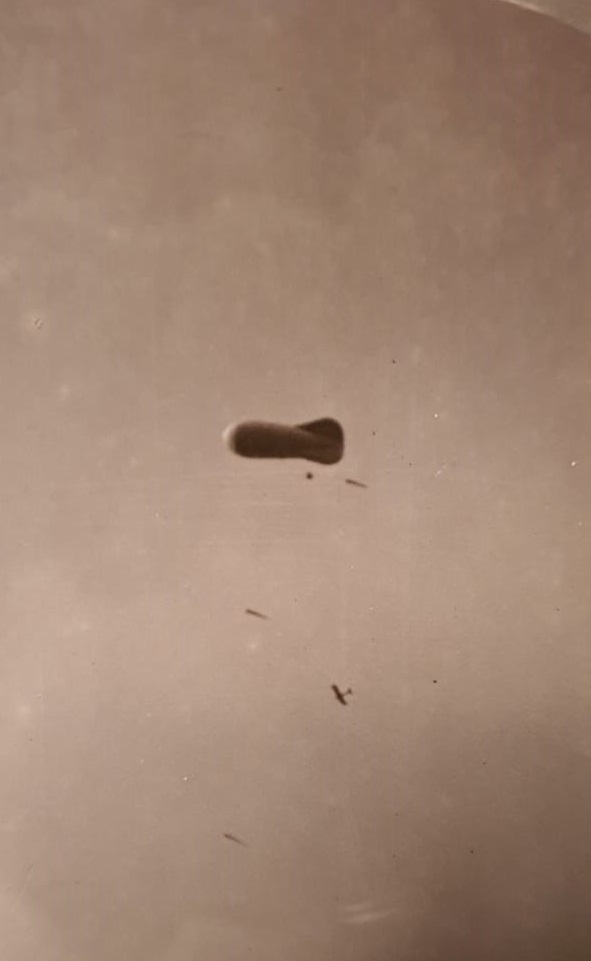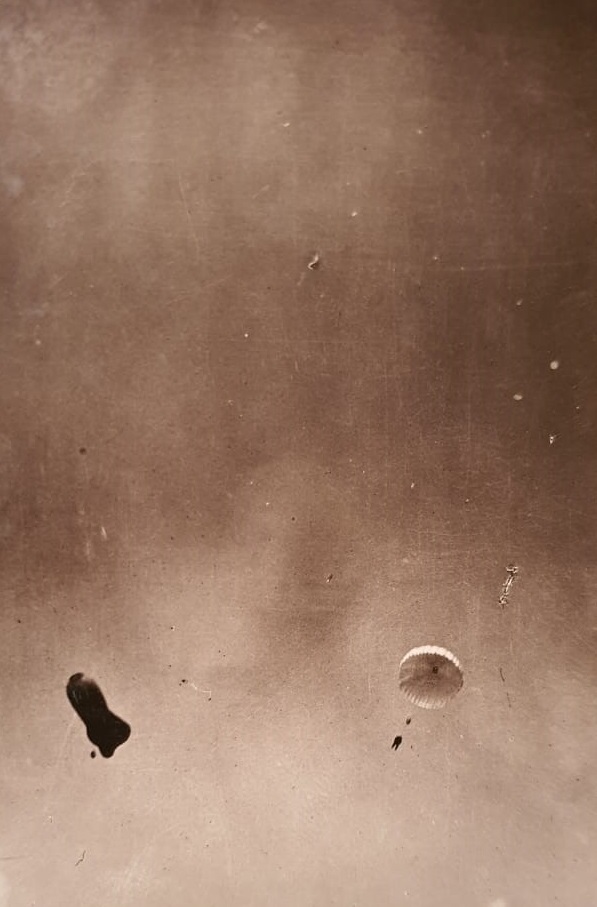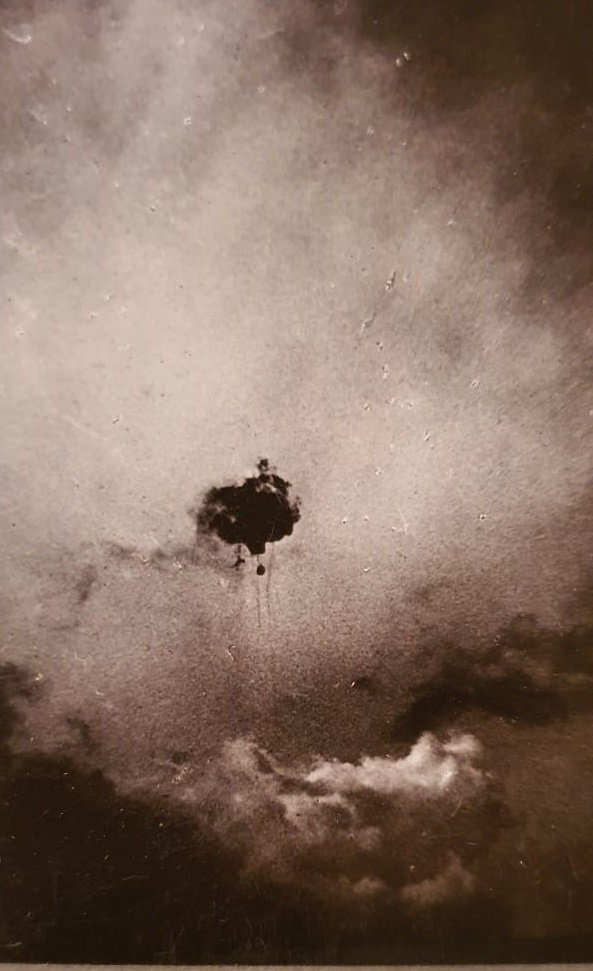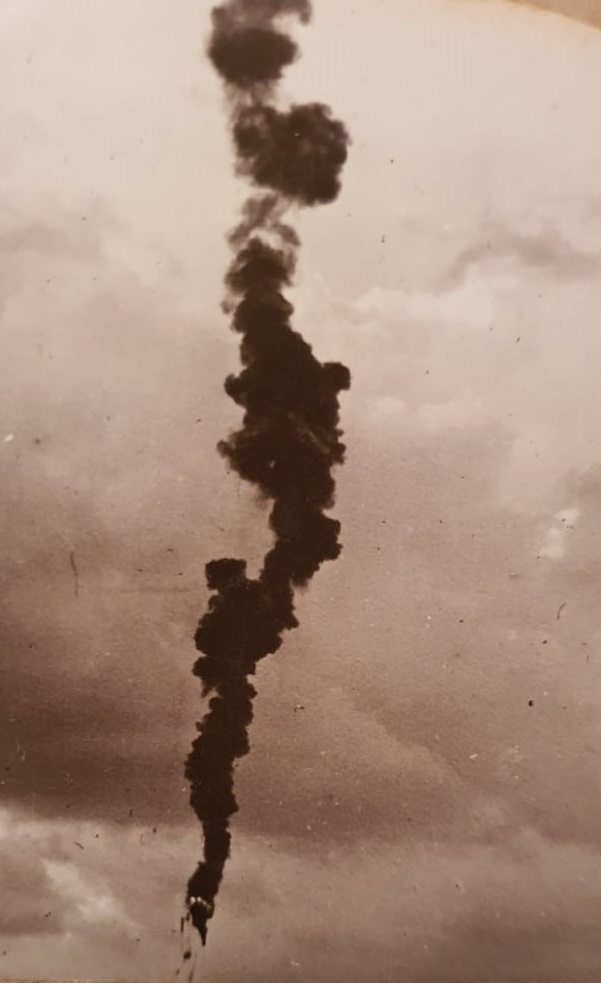Plates with permission of Oliver Wulff
As well as strategic bombing and Army co-op sorties vital air reconnaissance, mounted on a regular basis y all the air services, continued late into 1918. Aerial observation remained as important in the closing months of the war as it had been in 1914 and over the years the aeroplanes shared their duties with observation balloons. These tethered gas-filled gentle giants swayed high over the battle lines, their crews scanning every movement below. Naturally such ‘soft’ targets attracted fighter pilots like magnets, some of whom became specialists in the art of balloon-busting. Henrich Gontermann and Max Nather of Germany, the American Frank Luke and from Belgium, Willy Coppens. Luke, whose brief meteoric career in 1918, is one of the air war’s most extraordinary, brought down at least 14 balloons in 17 days, an incredible achievement. He flamed three the very day he died, taking on ground troops with a pistol following an emergency landing. Luke once said, ‘those God Damn Germans will never take me alive’. He remained true to his word.
Coppens, another leading balloon-buster, flew the French-designed Hanriot HD.1. With this nimble little biplane, Coppens destroyed over 30 German balloons but they were far from easy prey. Heavily guarded by multiple gun batteries often supported by patrolling friendly fighters above, many Allied airmen were lost attacking them. Those fighter pilots who made observation balloons a target of choice were among the most daring of the breed.




